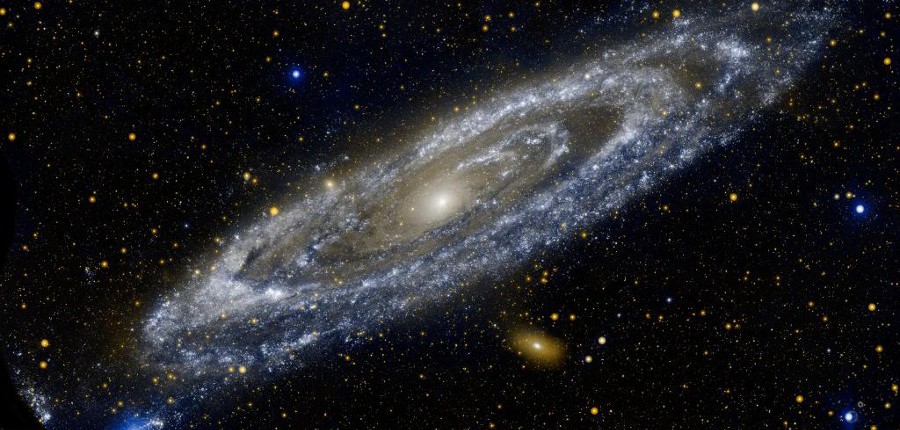One man’s fantasy
This review of “Our Mathematical Universe: My Quest for the Ultimate Nature of Reality” by Max Tegmark was originally posted to Amazon on January 24, 2014.
Well somebody needs to rain on this parade of fanboy reviews, so here goes. The only reason I’m giving this book any stars at all is because it is worth the read to see just how daft and disconnected from physical reality modern cosmological views have become.
The author claims to be a scientist but he is not. He is a peculiar type of delusional mathematician. Not all mathematicians are delusional but plenty of them are and Max Tegmark is a shining example of the breed. How can you tell a delusional mathematician when you encounter one? It’s simple, if he/she claims that math underlies reality and is, in fact, the very basis of physical reality, they are delusional.
This claim for the primacy of math over physical reality, is as simple-minded and unsophisticated as the tired old philosophical argument that things only come into existence when we humans have given them names. No, the matter is straightforward, mathematics is a human invention. It is a powerful and useful tool for modeling physical reality. Models however are only models and as such they are no more equivalent to the reality they describe than a map is equivalent to the territory it describes. People who believe otherwise qualify as delusional.
The whole thrust of Our Mathematical Universe is to stake a claim for this primacy of math over physical reality and as such it should at best be considered a kind of freak show curiosity. If you want a close up look at what has become of the once noble endeavor of science this is the book for you. All the hubris, the vacuous intellectual posturing, and the incestuous back-scratching of the academically walled-off guild that is the modern scientific community is fully on display.
This psychological and sociological nightmare that has evolved in the academy over the last hundred years or so might be forgivable if it had brought forth a scientifically viable cosmological model. Unfortunately, the results, known variously as the Big Bang, the Standard Model of Cosmology, Lambda-CDM, and lately the Hot Big Bang, no more resembles the physical reality we actually observe than does the ancient earth centered cosmology of Ptolemy.
Like the Ptolemaic model, the Big Bang can, by clever mathematical finagling, be made to ‘predict’ mundane events, but you cannot ask if the model itself structurally resembles physical reality. If you do ask, you will find the answer is no. Both models require a belief in events that defy scientific credulity.
According to Ptolemy the sun, moon, planets and stars all whirl about the stationary earth on a daily basis. It is hard to account for a physical mechanism which might permit such behavior of course. The Big Bang model is far worse. It tells us that at one point in time, approximately 13.8 billion years ago, all of the vast universe that we observe and even parts of it we cannot observe, were all co-located at a single infinitesimally small point. Except of course, as you will read in Tegmark’s account, mathematician’s would rather not discuss this inexplicable moment of origin but prefer to take up the tale a few millionths of a second after so they don’t have to account for a physically impossible condition and can instead proceed to discuss with great confidence a merely implausible one.
An impossible initial condition isn’t the Big Bang models only problem unfortunately. The model starts with the assumption that the cosmological redshift discovered by the astronomer Edwin Hubble is caused by a recessional velocity; the farther away a galaxy is from us the faster it is receding. (It should be noted that Hubble himself did not fully accept that interpretation but it nevertheless became the orthodox belief.) Mathematicians then arrived at the Big Bang’s impossible initial condition by ‘running the film of expansion backwards’. But a funny thing happened when they subsequently reran the model forward; it didn’t produce the universe we observe.
Not to worry though, a clever mathematical theorist named Alan Guth cooked up a scenario whereby some entirely theoretical ‘negative vacuum pressure’ in the early moments of the expansion blew up the whole cosmos at a rate far exceeding the speed of light, thereby imprinting some quantum fluctuations and producing just the universe we observe. Truly amazing, no? You can call it ad hoc and implausible also if you want to but the end result is, this so-called Inflation Theory saved the Big Bang’s bacon.
But then, there are still other problems. The Big Bang model doesn’t seem to work on larger scales without invoking some invisible and ill-defined ‘stuff’, with the descriptively blunt names dark matter and dark energy. This invisible ‘stuff’ we are told comprises 95% of the universe while the real stuff we actually observe comprises the remaining 5%.
To make matters clear, in order to agree with the results of actual physical observations the Big Bang model requires that the universe be composed of large amounts of invisible ‘stuff’ despite the fact there is no empirical evidence whatsoever for the existence of any such hypothetical dark matter or dark energy.
Having said all this you may be surprised to hear that the Big Bang model is considered a triumph by mathematical theorists like Max Tegmark. Well that’s why I gave the book 3 stars – don’t take my word for it – read it for yourself. It’s all there in black and white. But do the memory of once noble Science a favor – borrow, don’t buy the book. You really shouldn’t provide funding and encouragement for this kind of blithering mathematical nonsense.
